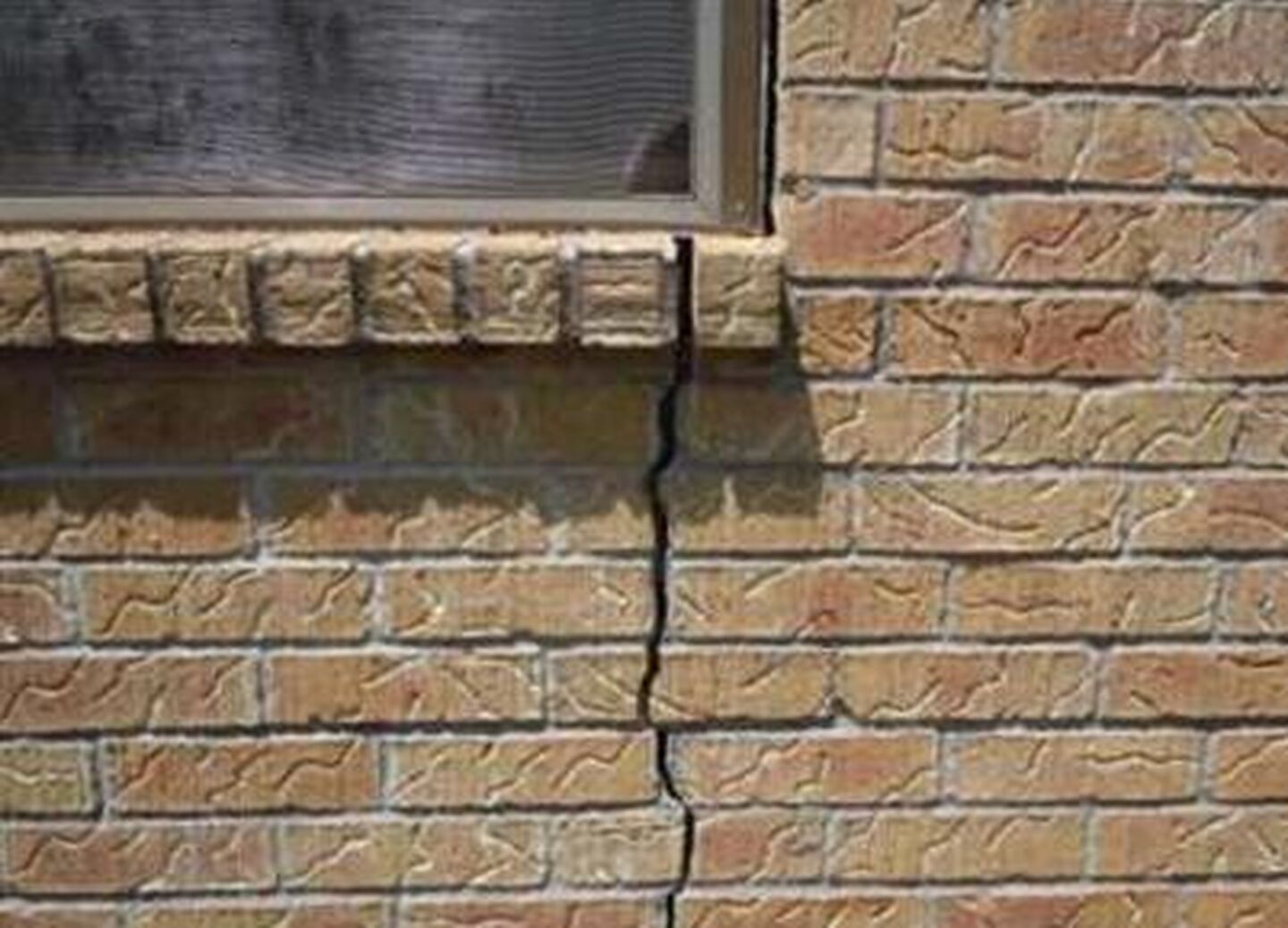Three Myths About Structural Foundation Damage in Chicago Homes

When we were kids, we read and heard all sorts of stories, myths and legends and they were great, weren’t they? Those stories helped us develop imaginations and creativity and many of us still enjoy them as adults.
However, when we become homeowners it’s best to leave the stories on the bookshelf when it comes to maintaining our houses, particularly when you hear myths about structural foundation damage.
What are Three Common Myths Among Chicago Homeowners about Structural Foundation Damage?
The House has Settled Now; I Don’t Have to Fix Anything – Well, you’re right about one thing: the house has definitely settled. However, the word “settled” has a false sense of security about it, implying that it’s a one-time event in which your house has nestled contentedly down into its cozy bed of soil. Better words are those used by foundation repair experts, like “sinking” or “dropped.” Not as warm and fuzzy but a lot more descriptive of what is actually happening.
As long as water is present in the soil around your foundation, the clay soil in the Chicago area can swell and your house can continue to experience structural damage. When a drought occurs, as in 2012, excessive amounts of water are drawn from the soil, which allows it to shrink and compact. When this occurs under your foundation footings, down goes the house again.
I Can Just “Water my Foundation” to Keep the Soil Stable – In many parts of the country affected by drought, homeowners have come up with a temporary fix for damage done by soil desiccation by regularly soaking down the soil around their foundations. This can keep moisture in the soil that would otherwise have been removed by deep-rooted trees and shrubs and maintains the soil in its expanded state.
However, watering the foundation is strictly a preventative step and it runs the very real risk of over-saturating the soil, which will do more harm than good. If you’re lucky, it may keep your foundation from dropping but it certainly won’t raise it back to its original position once it has. If you’re seeing the signs of structural foundation damage, put the hose away. It’s too late.
All I Need to Do is to Fix the Cracks – Which cracks do you mean? The wide ones in your foundation walls? The narrow ones in the drywall in the living room? The ones that stair-stepped through the mortar joints on the outside brick? If you start looking for cracks, you’ll see the widespread effect that structural foundation damage has on your Chicago home.
To be fair, you probably mean the cracks in your foundation wall and you can repair them by injection so that water no longer seeps in but even those basement waterproofing contractors that still use epoxy as a crack repair material don’t warranty it as a structural repair. It may stop leaks but it won’t prevent your foundation from suffering further damage.
So, leave the myths for Story Hour and face facts: if you’re a Chicago homeowner experiencing cracks, uneven floors, stuck doors and windows or other signs of structural foundation damage, you need structural foundation repair. The experts at U.S. Waterproofing have the knowledge, the experience and the technology to repair your home’s foundation the right way so why not schedule a free consultation?




